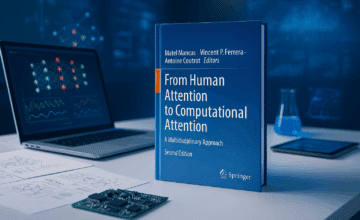Publications ISIA Lab au LREC 2022 – Atelier SMILA
La Conférence internationale sur les ressources linguistiques et l’évaluation (LREC) se tiendra à Marseille en France du 21/6 au 25/6. Les articles acceptés seront publiés dans les actes du LREC. Les contributions du laboratoire ISIA sont listées ci-dessous :
Titre
Are there any Body-movement Differences between Women and Men when they Laugh?
Auteures
Ahmad Hammoudeh, Antoine Maiorca, Stéphabe Dupont, and Thierry Dutoit
Résumé
Smiling differences between men and women have been studied in psychology. Women smile more than men although the expressiveness of women is not universally more across all facial actions. There are also body movement differences between women and men. For example, more open-body postures were reported for men, but are there any body-movement differences between men and women when they laugh? To investigate this question, we study body-movement signals extracted from recorded laughter videos using a deep learning pose estimation model. Initial results showed a higher Fourier Transform of thorax and shoulders movements for females while males had a higher Fourier transform of Elbows movement. The differences were not limited to a small frequency range but covered most of the frequency spectrum. However, further investigations are still needed.
Link
Titre
Analysis of Co-Laughter Gesture Relationship on RGB videos in Dyadic Conversation Context
Auteures
Bohy Hugo, Ahmad Hammoudeh, Antoine Maiorca, Stéphabe Dupont, and Thierry Dutoit
Résumé
Smiling differences between men and women have been studied in psychology. Women smile more than men although the expressiveness of women is not universally more across all facial actions. There are also body movement differences between women and men. For example, more open-body postures were reported for men, but are there any body-movement differences between men and women when they laugh? To investigate this question, we study body-movement signals extracted from recorded laughter videos using a deep learning pose estimation model. Initial results showed a higher Fourier Transform of thorax and shoulders movements for females while males had a higher Fourier transform of Elbows movement. The differences were not limited to a small frequency range but covered most of the frequency spectrum. However, further investigations are still needed.
Link




